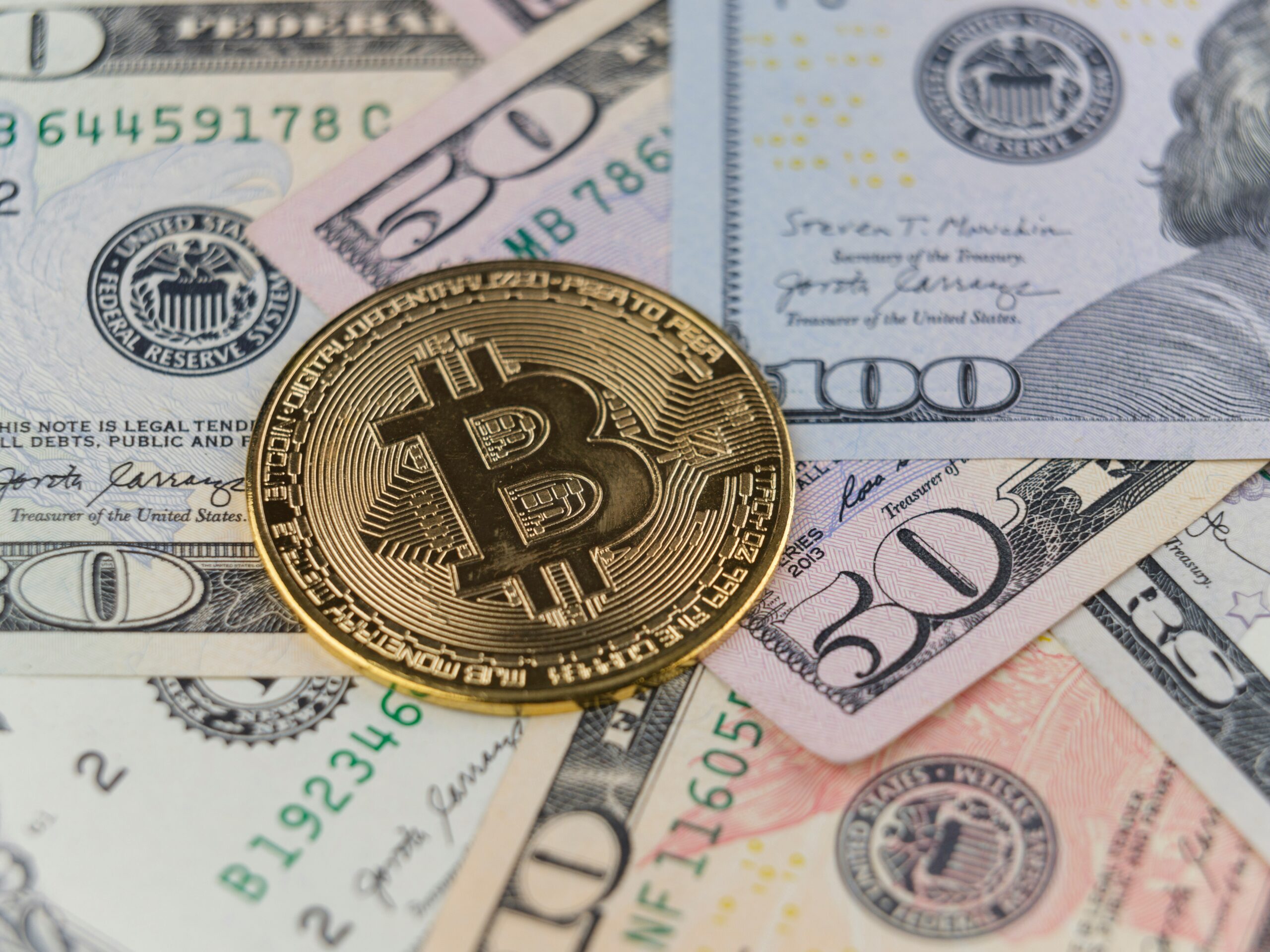The Personal Consumption Expenditures (PCE) Price Index, the U.S. Federal Reserve’s preferred measure of inflation, plays a pivotal role in shaping monetary policy and, consequently, the financial markets. Recent PCE data has significant implications for Bitcoin and the broader cryptocurrency market.
In December 2024, the PCE Price Index indicated a year-over-year inflation rate of 2.9%, slightly below the anticipated 3.0%. This moderation in inflation suggests that price pressures are easing, potentially influencing the Fed’s future interest rate decisions. Lower inflation may reduce the urgency for aggressive rate hikes, fostering a more accommodating environment for risk assets like Bitcoin. Historically, Bitcoin has responded positively to dovish monetary policies, as lower interest rates can enhance the appeal of alternative assets.
Conversely, higher-than-expected inflation figures can prompt the Fed to adopt a more hawkish stance, potentially leading to increased interest rates. Such measures can strengthen the U.S. dollar and dampen the attractiveness of non-yielding assets like Bitcoin. For instance, in February 2025, Bitcoin briefly dipped below $95,000 following the release of inflation data that exceeded forecasts, reigniting concerns about prolonged inflation and the possibility of sustained higher interest rates.
The interplay between inflation data and Bitcoin’s price underscores the cryptocurrency’s sensitivity to macroeconomic indicators. As inflationary pressures evolve, Bitcoin’s role as a hedge against inflation continues to be a topic of debate among investors. Some view it as “digital gold,” a store of value during inflationary periods, while others point to its volatility and correlation with risk assets as factors that complicate this narrative.
Looking ahead, market participants will closely monitor upcoming PCE reports and other economic indicators to gauge the trajectory of inflation and the Fed’s policy responses. These developments will likely influence Bitcoin’s performance, as shifts in monetary policy can alter investor sentiment and risk appetite. Staying informed about macroeconomic trends remains crucial for those navigating the cryptocurrency landscape.



